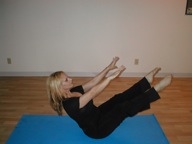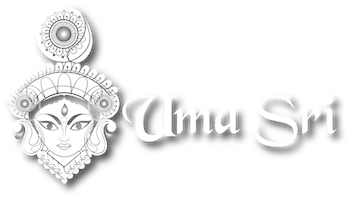
Joseph Pilates was born in 1880 in Dusseldorf in the newly unified state of Germany. During this time, physical fitness crazes swept throughout the west. In an effort to strengthen his own body, which had been weak since birth, he dedicated his life to teaching the importance of health through the essential ingredient, balance. He looked at scientific developments relating to diet, structural and postural defects, furniture manufacturers, fitness crazes, and psychology to name a few.
The association between the physical and mental well-being was the guiding principle of Joseph Pilates’ method. The flowering of Pilates took place after the death of Joseph Pilates in 1967 and coincided with the emergence of neuropsychology – the study of the brain and its connection with the nervous system. This was made possible by the introduction of brain imaging devices such as CAT, PET, and MRI scans. The association of the mind and body, or physical and mental well-being was truly the guiding principle behind his method. Modern Pilates still aims at the coordination of body and mind through exercises.
During World War I, Joseph had a chance to continue his work while he interned in a war camp. Determined to continue his work, he experimented with the use of springs from the hospital beds in order to help wounded soldiers regain their strength and heal. From there, Joseph Pilates developed his first piece of equipment, The Reformer. Other pieces include the Cadillac or Trapeze table, the Wunda Chair, Magic Circle, Ladder Barrel, and Spine Corrector.
Joseph Pilates spent more than 30 years studying the body, making himself an expert in gymnastics, boxing, and other physical activities. At the same time he researched the effects of exercise on health and fitness. He published his corrective exercise as a self help fitness method for preventing degenerative illnesses and increasing longevity.
After emigrating to the US in 1923, he married his wife Clara, settled in New York, and opened his studio. In 1925 he patented the Universal Reformer. In 1934 he published Your Health, a booklet in which he sets his ideas on maintaining personal health and fitness. In 1945 he published his exercises in his second book, Return to Life Through Contrology. In 1967, Joseph Pilates died leaving us this new concept of personal responsibility for maintaining health, and renewed confidence in health giving exercises for men and women.
Joseph Pilates was born in 1880 in Dusseldorf in the newly unified state of Germany. During this time, physical fitness crazes swept throughout the west. In an effort to strengthen his own body, which had been weak since birth, he dedicated his life to teaching the importance of health through the essential ingredient, balance. He looked at scientific developments relating to diet, structural and postural defects, furniture manufacturers, fitness crazes, and psychology to name a few.
The association between the physical and mental well-being was the guiding principle of Joseph Pilates’ method. The flowering of Pilates took place after the death of Joseph Pilates in 1967 and coincided with the emergence of neuropsychology – the study of the brain and its connection with the nervous system. This was made possible by the introduction of brain imaging devices such as CAT, PET, and MRI scans. The association of the mind and body, or physical and mental well-being was truly the guiding principle behind his method. Modern Pilates still aims at the coordination of body and mind through exercises.
During World War I, Joseph had a chance to continue his work while he interned in a war camp. Determined to continue his work, he experimented with the use of springs from the hospital beds in order to help wounded soldiers regain their strength and heal. From there, Joseph Pilates developed his first piece of equipment, The Reformer. Other pieces include the Cadillac or Trapeze table, the Wunda Chair, Magic Circle, Ladder Barrel, and Spine Corrector.
Joseph Pilates spent more than 30 years studying the body, making himself an expert in gymnastics, boxing, and other physical activities. At the same time he researched the effects of exercise on health and fitness. He published his corrective exercise as a self help fitness method for preventing degenerative illnesses and increasing longevity.
After emigrating to the US in 1923, he married his wife Clara, settled in New York, and opened his studio. In 1925 he patented the Universal Reformer. In 1934 he published Your Health, a booklet in which he sets his ideas on maintaining personal health and fitness. In 1945 he published his exercises in his second book, Return to Life Through Contrology. In 1967, Joseph Pilates died leaving us this new concept of personal responsibility for maintaining health, and renewed confidence in health giving exercises for men and women.
- $350.00
- Duration 12 hrs
- 12 CEUs
